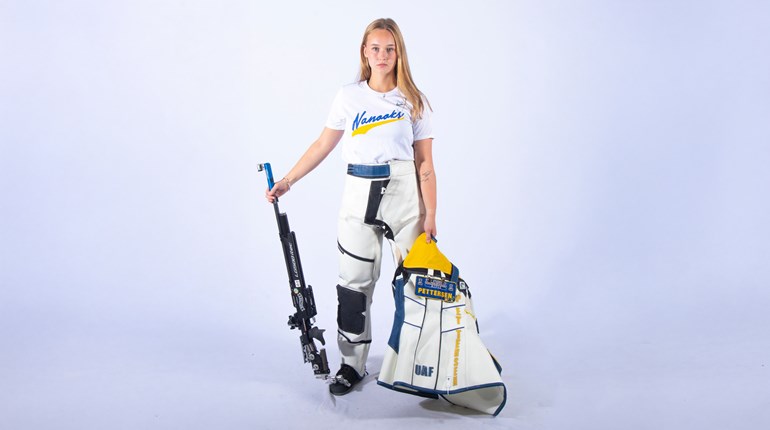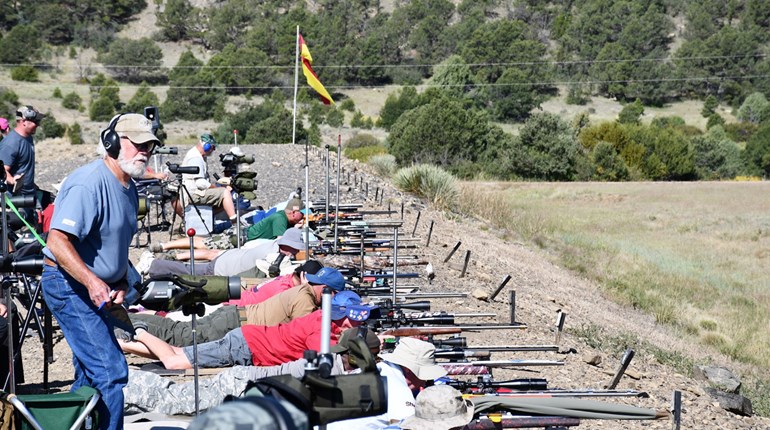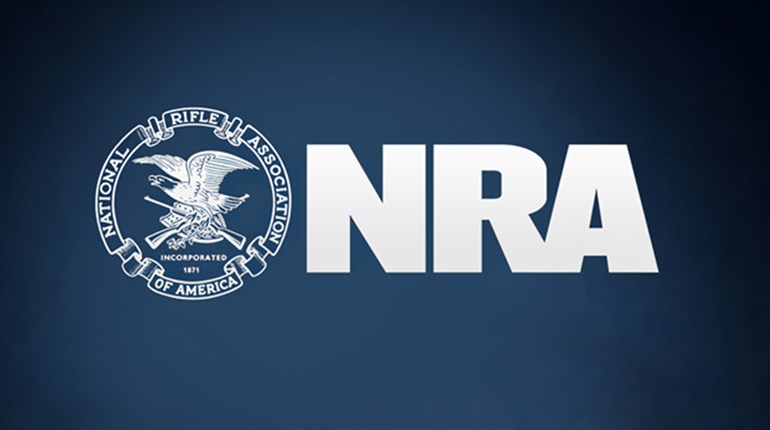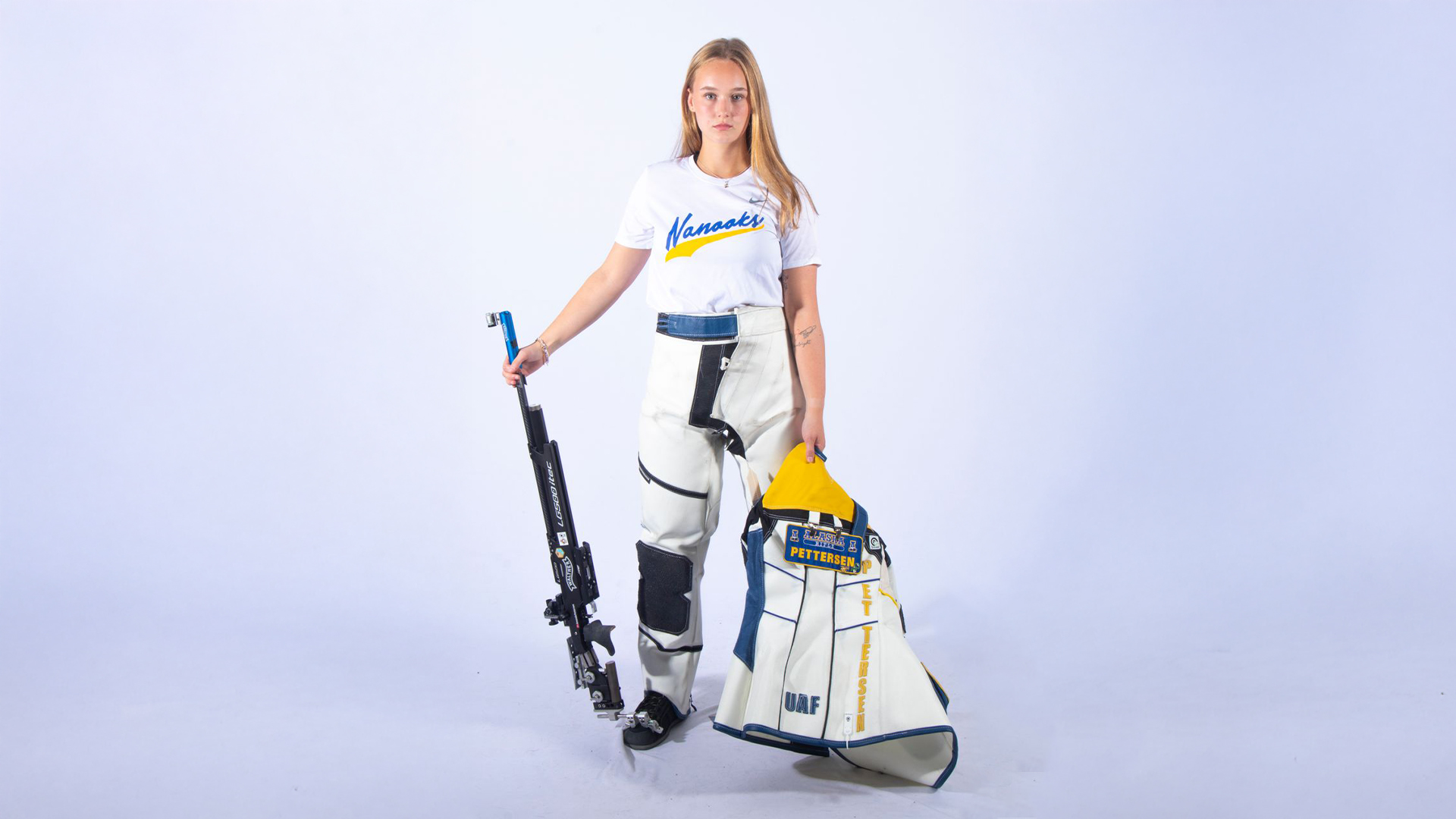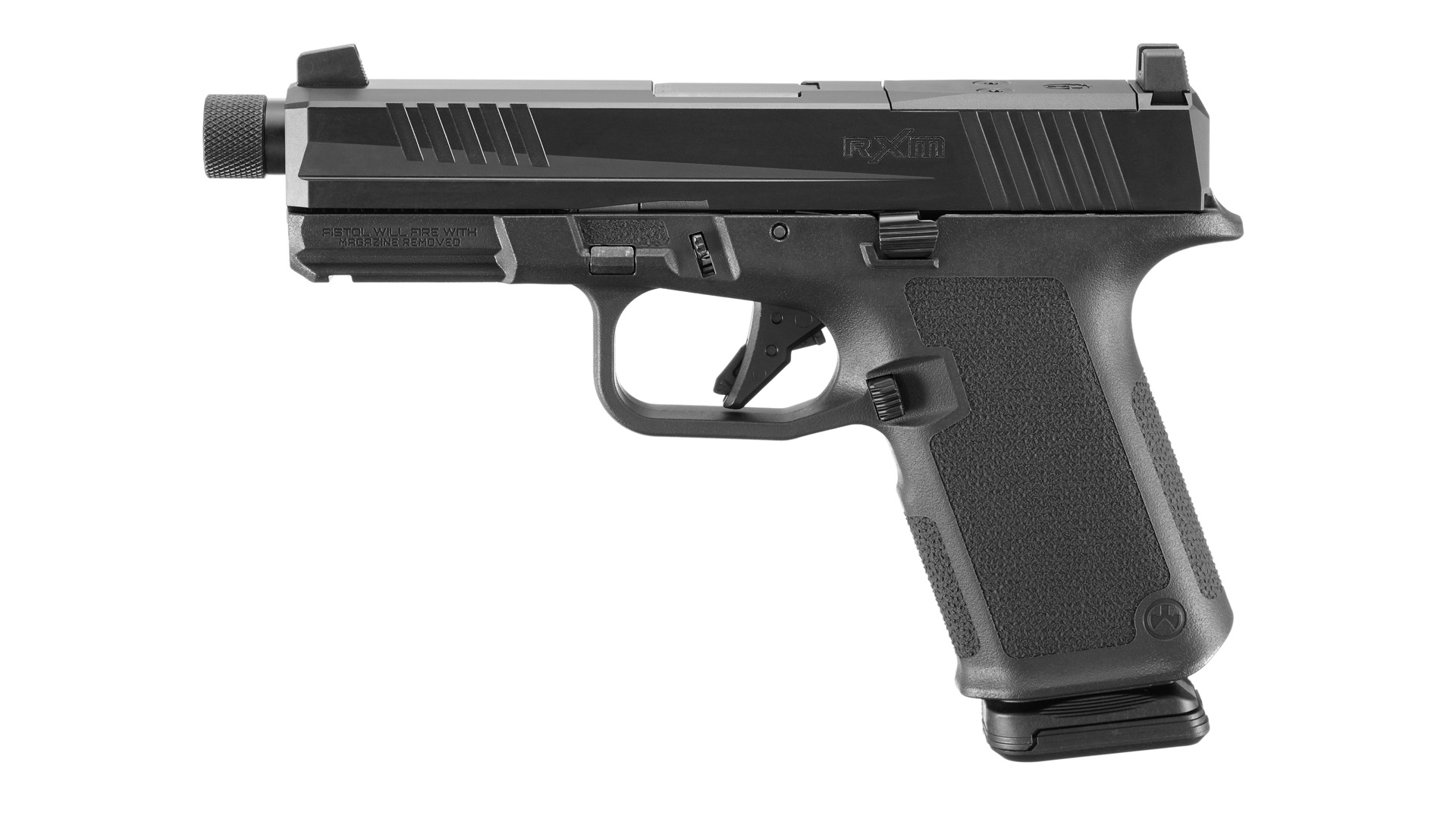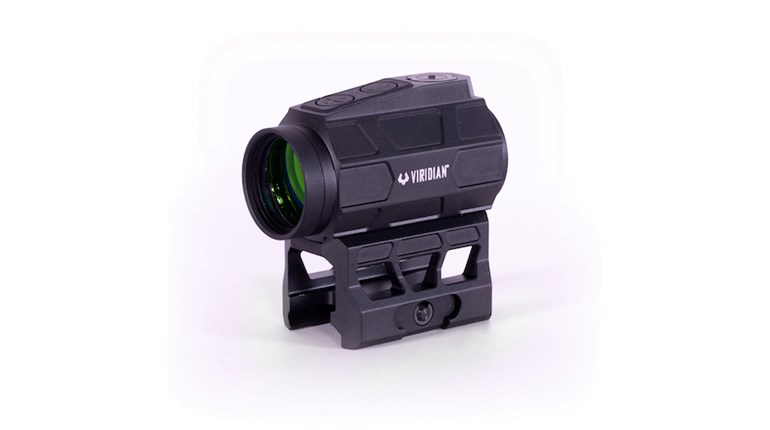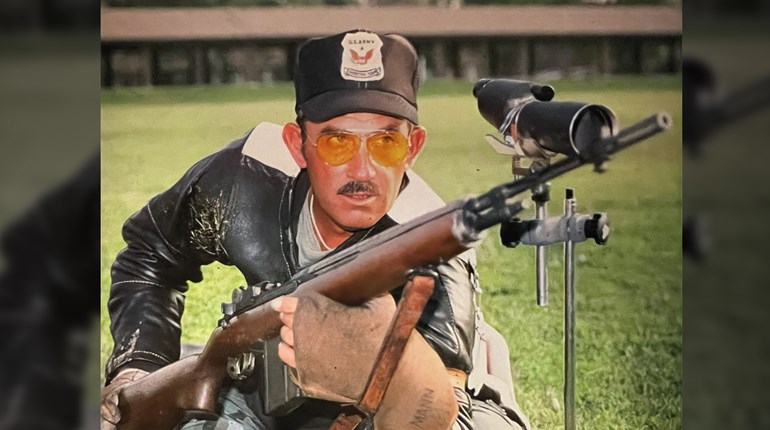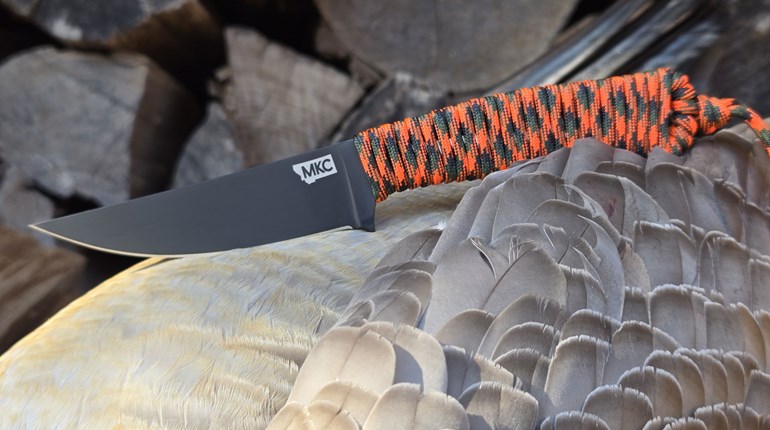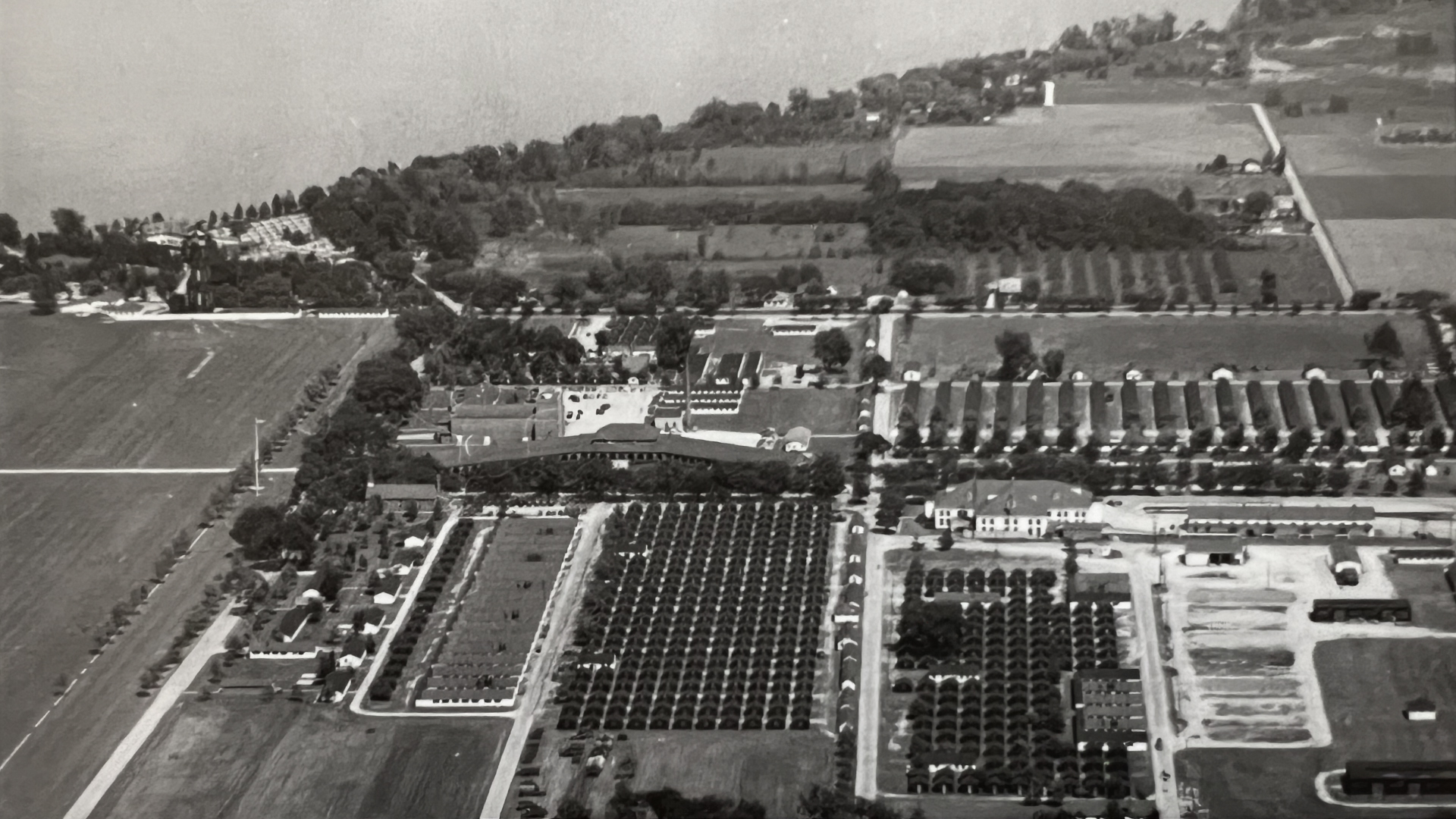
“It is my opinion that the Army must reassert itself in the conduct of the National Matches and assume the dominant role. We should not continue to permit the National Rifle Association to usurp the Army’s prerogatives in the handling of these matches … No commitment should be made to any other Service with regard to the conduct or support of the 1955 National Matches until the Army has determined the extent of Army participation in the support of these matches.”
—Maj. Gen. James Gavin to National Board for the Promotion of Rifle Practice Executive Officer Col. Charles Rau in memo dated May 19, 1954
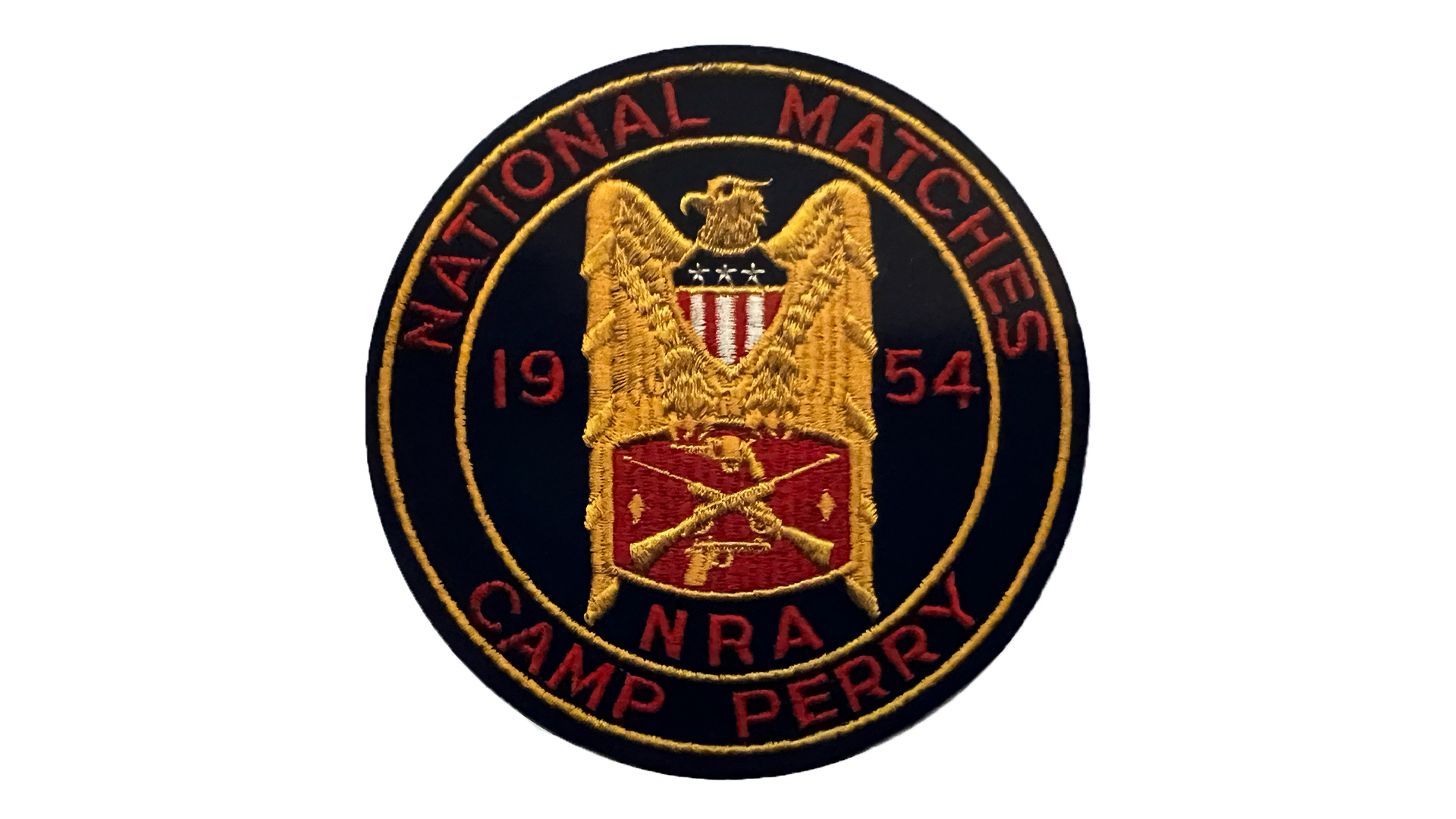
Correspondence in 1954 between NRA Executive Staff Director Merritt Edson and National Board for the Promotion of Rifle Practice Executive Officer and DCM Director Col. Charles Rau typified the friction that ensued when the NRA emerged as leaders of National Match policy in the post-World War II era. Col. Rau’s memos were directed at re-establishing the Department of the Army as the responsible party for National Match conduct and support. Edson, meanwhile, didn’t think it appropriate for the Army to simply take over, designate officers for the matches, and ignore prior coordinative efforts and relationships developed by the NRA. Maj. Gen. James Gavin’s comment above appears to be one of the more zealous on record that characterized the “Who’s in charge?” posturing that took place.
Perhaps Gavin and other Army officials felt threatened when, in February 1954, the first National Match conference took place at the Hotel Statler in Washington, D.C., and featured opening remarks by Edson. The meeting was intended to detail and coordinate all aspects of the then-upcoming 1954 National Matches, and when the printed match program was produced it read as it did the year before: “Organized and Conducted by The National Rifle Association of America,” though unlike in 1953 when the Army was not listed among the contributing organizations, in 1954 it was credited with operating the camp and providing instructors for two Small Arms Firing Schools, one of which was the first ever held for pistol. Other schools offered this year included the first NRA Hunter Safety School conducted at the National Matches, plus a Junior/Tyro School and a Tournament Official and Referee School.
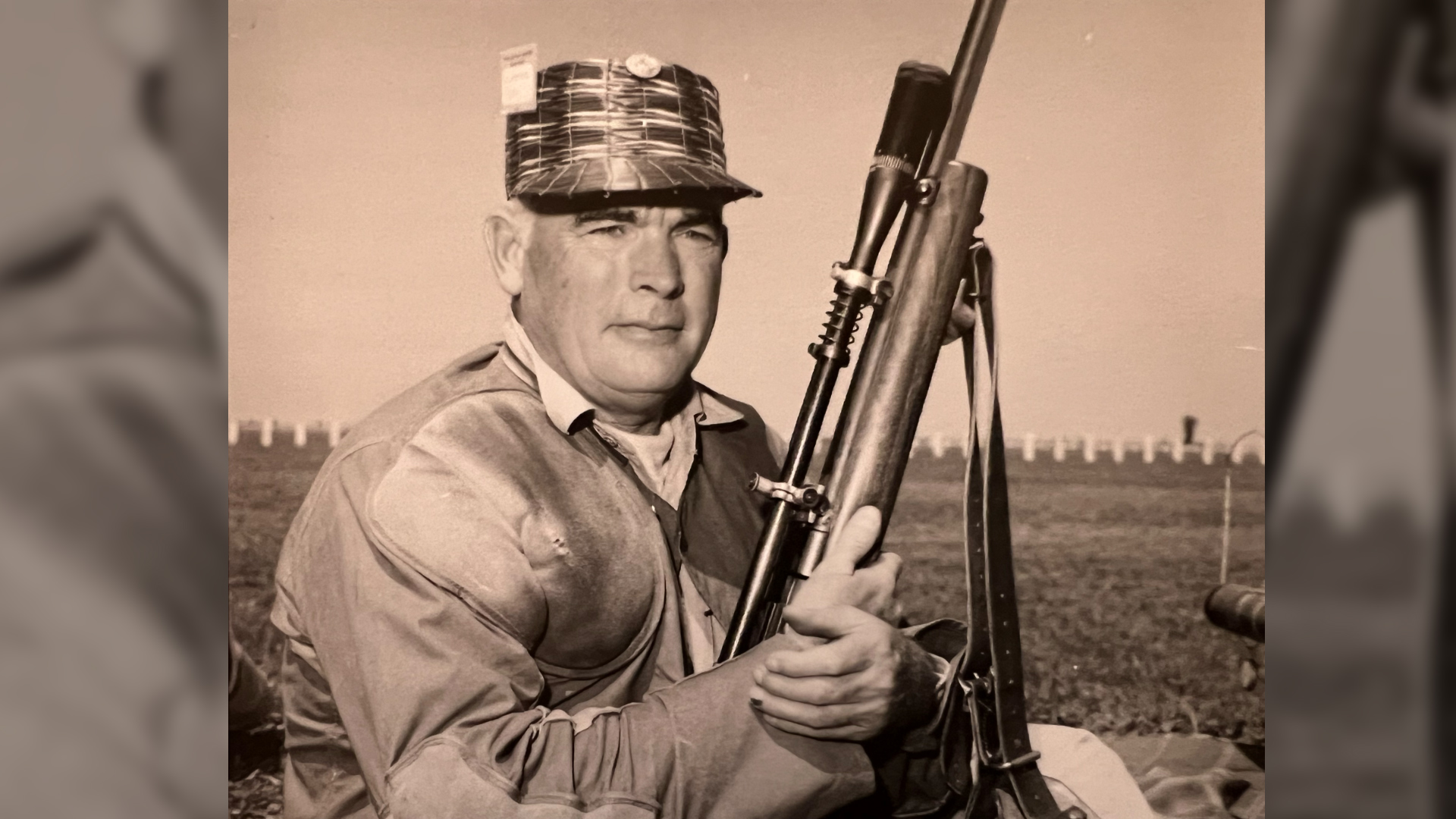
The Army’s desire to regain a foothold in National Match procedure helped revitalize the National Board from its relegated back seat status during World War II and from the aftermath of the National Security Act of 1947. Specifically, the following statement was approved in September by Assistant Secretary of the Army Hugh Milton II, upon review of the Board’s origin and purpose: “It is recommended that the Director of the Bureau of the Budget support budget requests to the Congress as recommended by the National Board for the Promotion of Rifle Practice, approved by the President thereof and by the Secretary of the Army.” And just two months later, regulations for the establishment of a National Match Fund were approved by the Secretary of the Army, which was defined as a fund “… of a sundry nature (nonappropriated … challenge fees, post exchange sales, interest on deposits, etc.) … to promote the welfare and morals of personnel from all components of the service comprising the Armed Forces of the United States and civilian citizenry engaged in the program of marksmanship fostered by the National Board for the Promotion of Rifle Practice.”
Federal support for the National Board remained unchanged from the 1953 appropriation of $100,000, despite appeals that included a request from NRA Vice President Morton Mumma, Jr., to increase funds for the National Matches by some $350,000 for ammunition purchase since the war surplus was practically depleted. In addition, it was made known that Camp Perry needed an estimated $300,000 in repair if it was to continue as site of the National Matches.
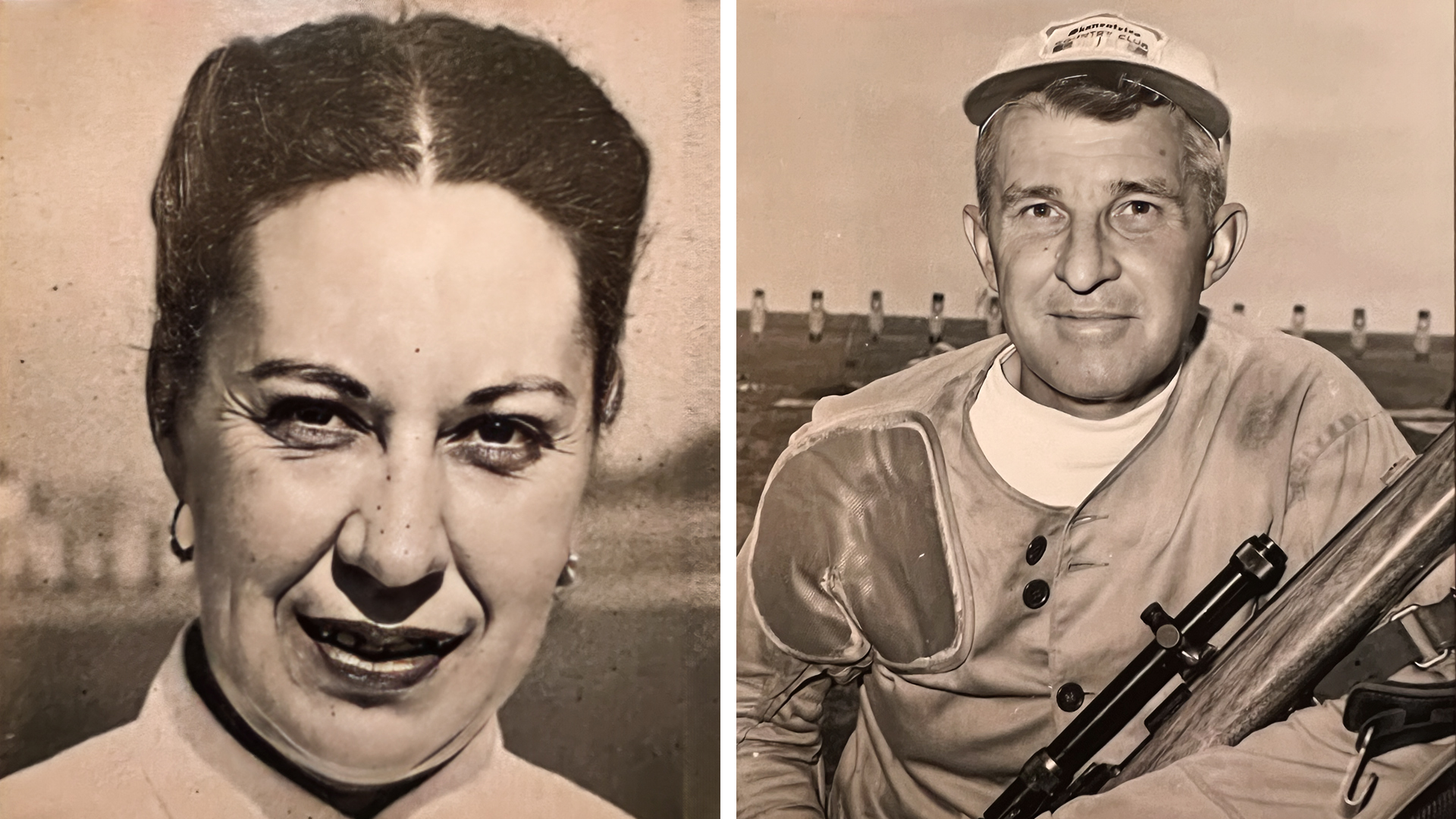
The Ohio Adjutant General’s Office, in its end-of-year report to the National Board for the Promotion of Rifle Practice that detailed costs for Camp Perry repairs, cited a letter from the NRA’s Edson in which a war veteran was quoted as saying “some concentration camps I saw in Europe in World War II were far superior to the hutments at Perry.” Authorities also had to address the fact that space was at a premium as land once used for ranges was now part of the adjacent Erie Ordnance Depot and therefore no longer available to accommodate a growing match schedule, which in 1954 spanned practically a month and featured 115 fired NRA matches in addition to the four Board events.
In a December memo, Col. Rau reported to the Executive Committee of the National Board that “rehabilitation of the old rifle butts at Erie Ordnance Depot for use in connection with subsequent National Matches was impracticable and undesirable regardless of where the funds for rehabilitation might be obtained … purchasing land adjoining Erie Ordnance Depot on the west for use in constructing additional ranges was impracticable due to the high cost and agricultural value of this land.” Col. Rau’s memo also referenced the following sites as possible alternates for future National Matches, all of which required construction or expansion to accommodate 600 and 1,000-yard firing and pistol turning target ranges: Camp Atterbury, Indiana, Camp Breckenridge, Kentucky, Indiantown Gap Military Reservation, Pennsylvania, and Camp McCoy, Wisconsin.
Those who favored changing the location of the National Matches argued that instead of spending money to fix Camp Perry, a state-owned range, funds should be spent on a federal site such as those listed by Col. Rau, or even Fort Riley in Kansas, which hosted the Board matches 50 years earlier. In the end. the NRA recommended during its meetings at the matches this year that Camp Perry should remain home to the National Matches in 1955.
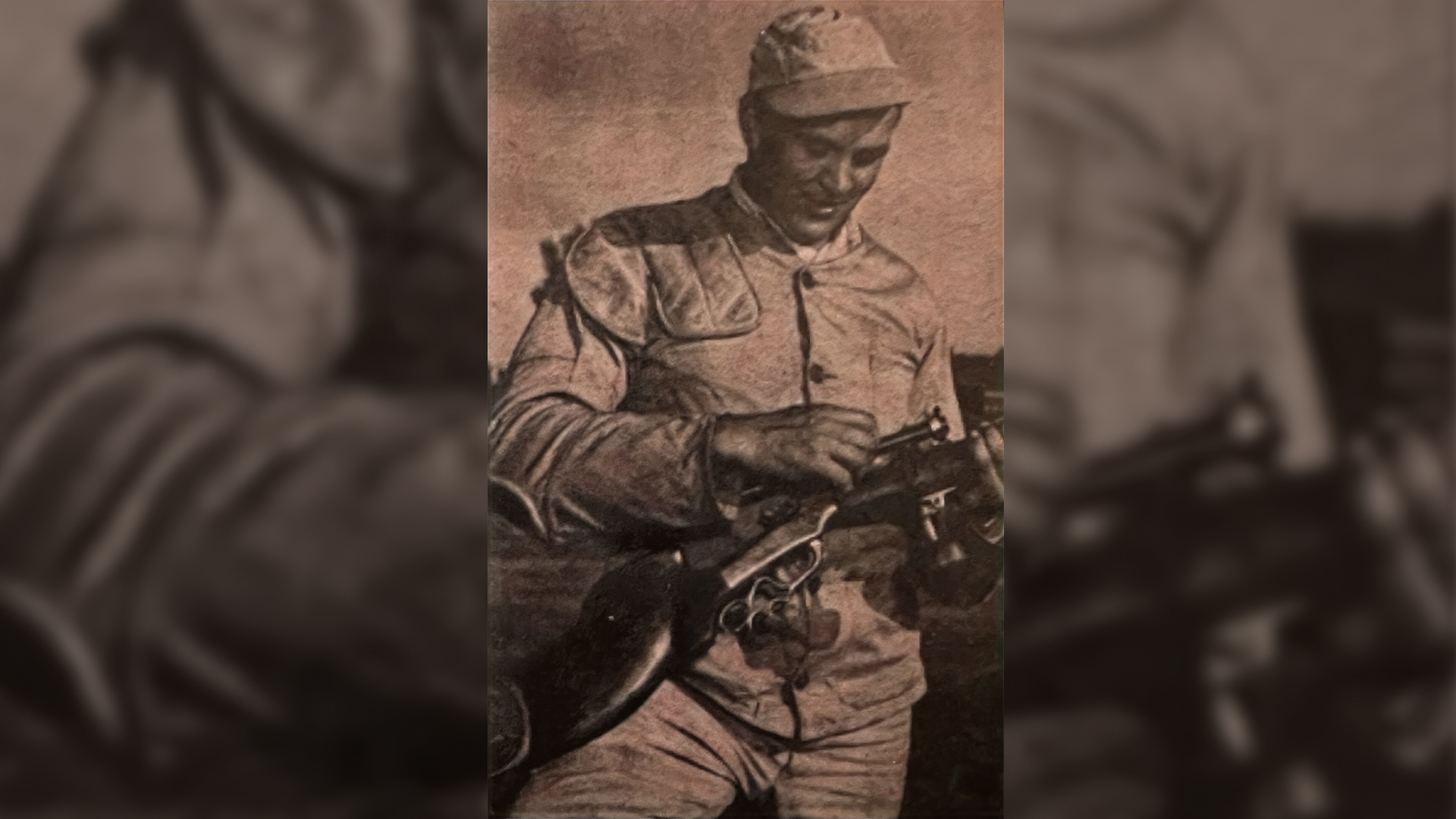
In early April 1954, the NRA Executive Committee approved a number of changes in the match schedule, including limited pistol entries (600) so the three-stage program could be fired in three days. In high power, the Romanian Trophy Match, last fired as the A.E.F. Romanian Trophy Match in 1940 with 10 firing members, featured four-person teams competing across the course at 600 and 1,000 yards while another four-man event, the Nevada Trophy Team Match, was introduced into National Match competition this year and fired at 200 and 300 yards. The Camp Perry Instructor’s Match, a surprise fire event, was dropped this year and the high power rifle championship was upped to a six-match, 650-point aggregate from the four-match, 450-point championship that had been fired since 1951.
Col. Noah Rodeheffer of the Marine Corps returned in his role as Executive Officer for the matches and oversaw the collaborative efforts of the various services, which included the aforementioned Army contingent, Marine officers on staff and range detail, and Coast Guard forces that provided boat patrol on Lake Erie during a program that opened with high power matches before the overlapping schedule of pistol and smallbore—a reversal of the prior year’s order of firing. And when competitors arrived at Camp Perry in 1954, they fired on ranges recently named in honor of four Congressional Medal of Honor recipients from Ohio. On July 23, 1954, bronze plaques were dedicated to commemorate the sacrifices made during World War II by Pvt. Roger Young, Lt. Robert Viale, Pvt. 1st Class Frank Petrarca and Technical Sgt. Cleto Rodriquez.
Attendance in 1954 was slightly higher than the previous year as the competitor count exceeded 2,000. The NRA again awarded trips to regional winners and one of the 30 recipients was Gertrude Backstrom of Hoquiam, Washington, whose victory at the Pacific Northwest Pistol Regional was the first by a woman. Backstrom joined an elite group with her accomplishment as Alice Bull was the first woman to win a high power regional (1952) and Elinor Bell of Santa Monica, California, was the first woman to win a smallbore regional (1951).
Marine shooters finished atop the NRA high power rifle field and won the National Trophy Team Rifle Match, which was interrupted in 1954 by severe wind and rain, conditions that prevented the posting of many record scores. Conditions were right, however, for a novice Army shooter who laid claim to the individual Board event. Cpl. Edward Grimes, Jr., who at the age of 21 fired his first high power competition just months earlier, won with an issued rifle after he determined that his own M1 was questionable beyond 300 yards.
Marine Lt. Clifford Tryon won the NRA match rifle class with a 628-56V and teammate CWO Thomas Carpenter took the service title with a 628-47V, while Helen Orme-Johnson of El Paso, Texas, was the women’s high power champion.
In pistol, Harry Reeves finished ahead of a couple of Joes (White of the U.S. Border Patrol and the Army’s Benner) for his sixth national title. The women’s laurels went to Floridian Lucile Chambliss.
In both Board pistol events, the Army held true and it was Maj. William Hancock who claimed the individual title with a 285x300. On the smallbore side, Alonzo Wood of Elbridge, New York, edged 1941 champion Ransford Triggs by one with a 3193 and 17 fewer Xs to claim the national honor and Elinor Bell won the women’s championship for the second time. Kentuckian Presley Kendall, Jr., took the Whittington Trophy as high junior with a score (3189) that kept him in the open race from time to time. For Kendall, his time in the open spotlight would come, as five national championships—four prone: 1962, 1972, 1974 and 1982, plus one position win in 1964—awaited him.













